-
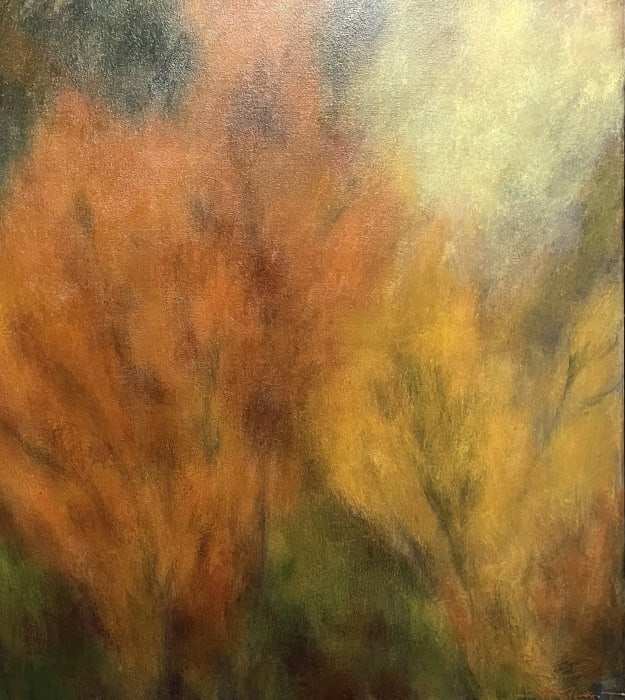 Park With Yellow and Red, c.2015
Park With Yellow and Red, c.2015
-
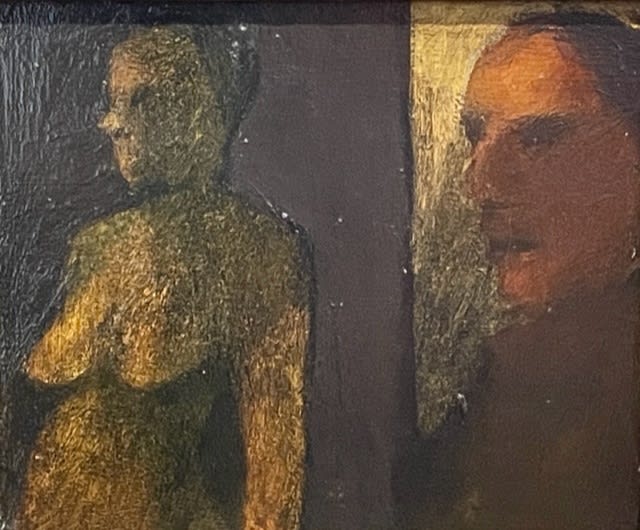 Untitled (Woman, Man), c.2015
Untitled (Woman, Man), c.2015
-
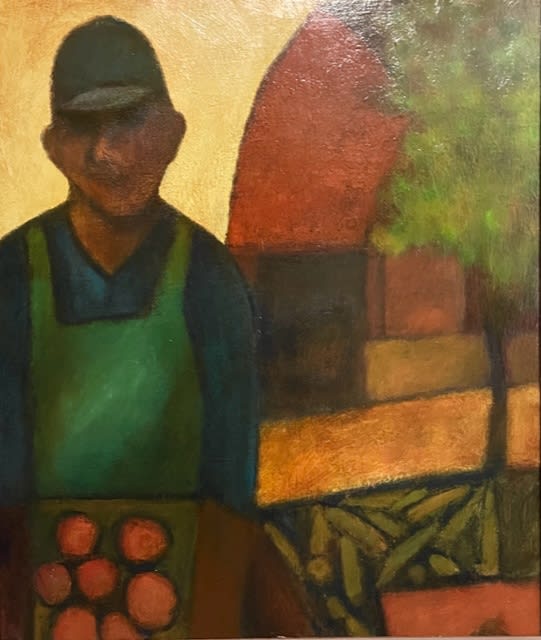 Farmer With Barn, c.2014
Farmer With Barn, c.2014
-
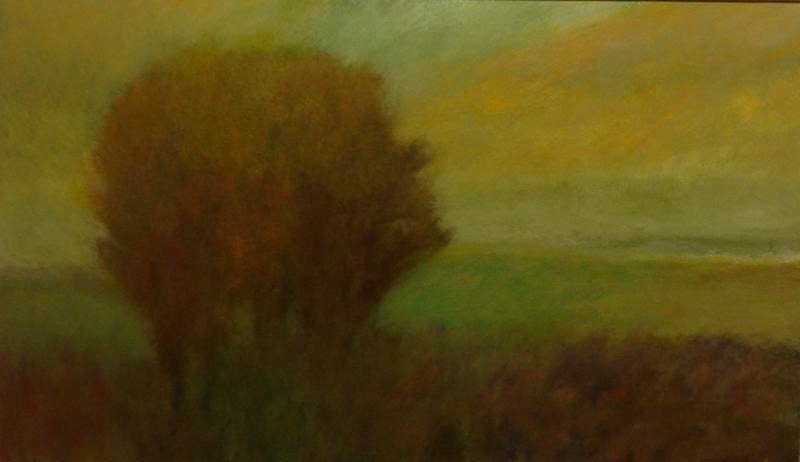 Landscape, c.2011
Landscape, c.2011
-
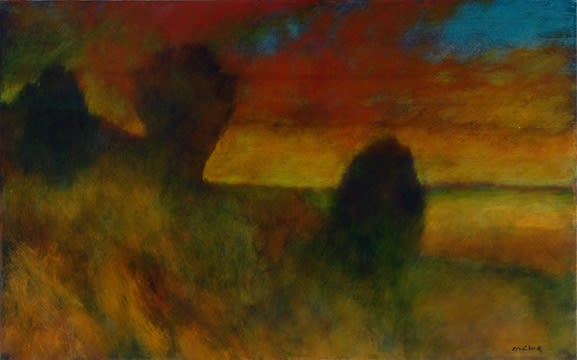 Three Trees and Red Sky, c.2011
Three Trees and Red Sky, c.2011
-
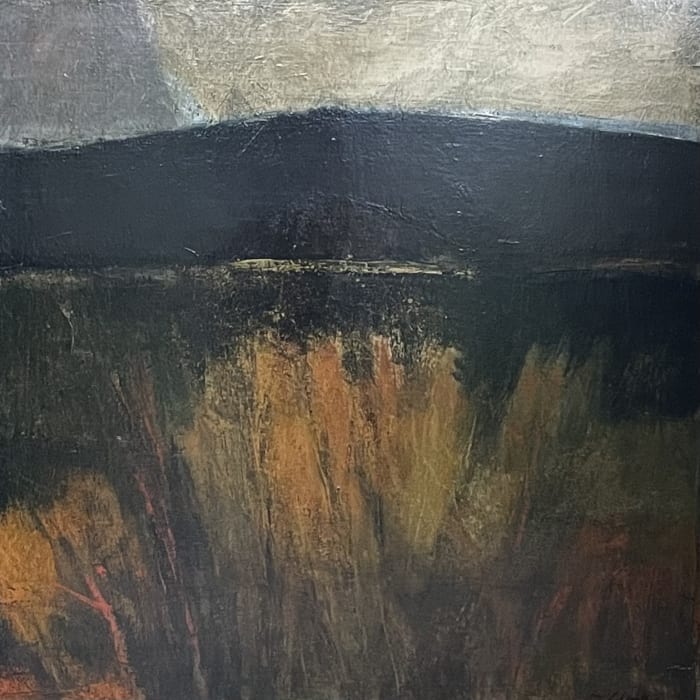 Landscape (#231), c.2000
Landscape (#231), c.2000
-
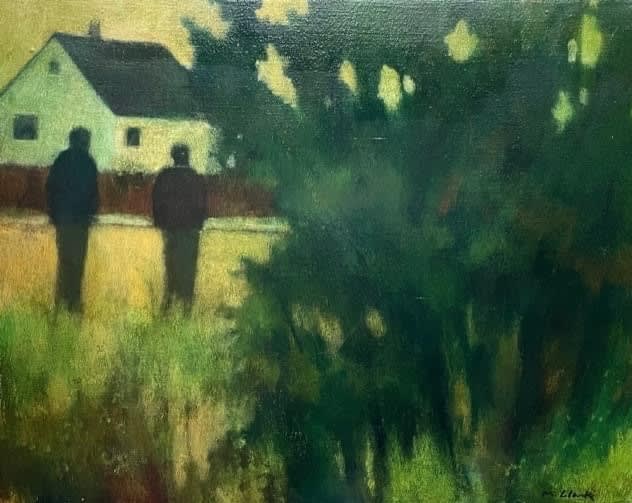 Back Field Conversation, C. 2013
Back Field Conversation, C. 2013
-
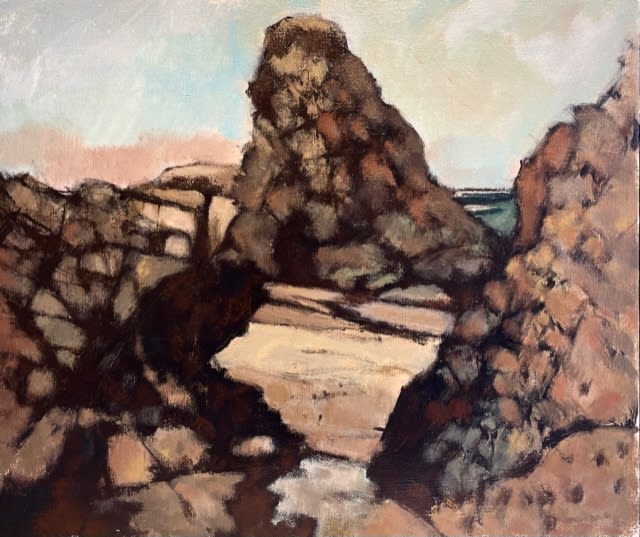 Coastal Rocks, C. 2013
Coastal Rocks, C. 2013
-
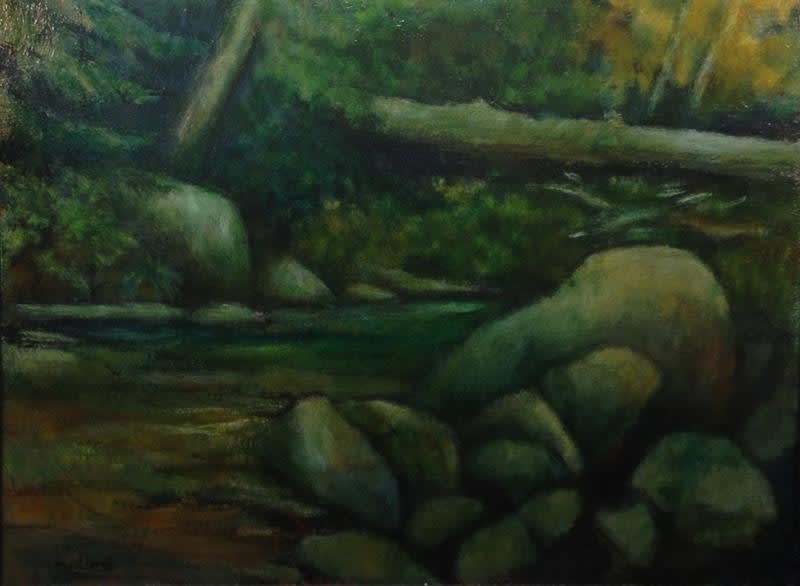 Santiam River, c. 2011
Santiam River, c. 2011
-
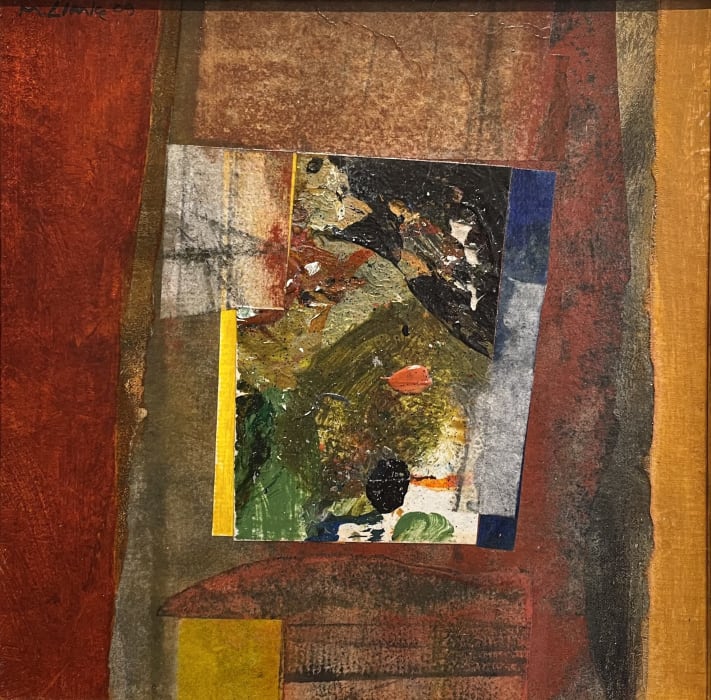 Assembled Visual Record of Time Spent, C. 2009
Assembled Visual Record of Time Spent, C. 2009
-
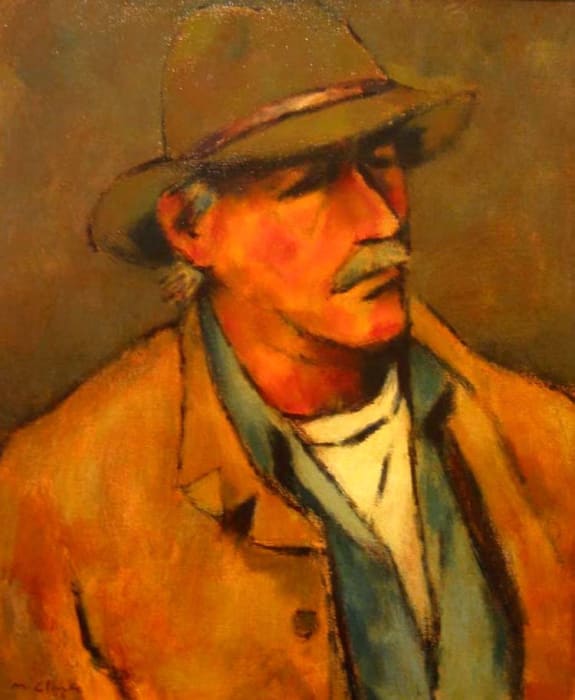 Model with Hat, c. 2002
Model with Hat, c. 2002
-
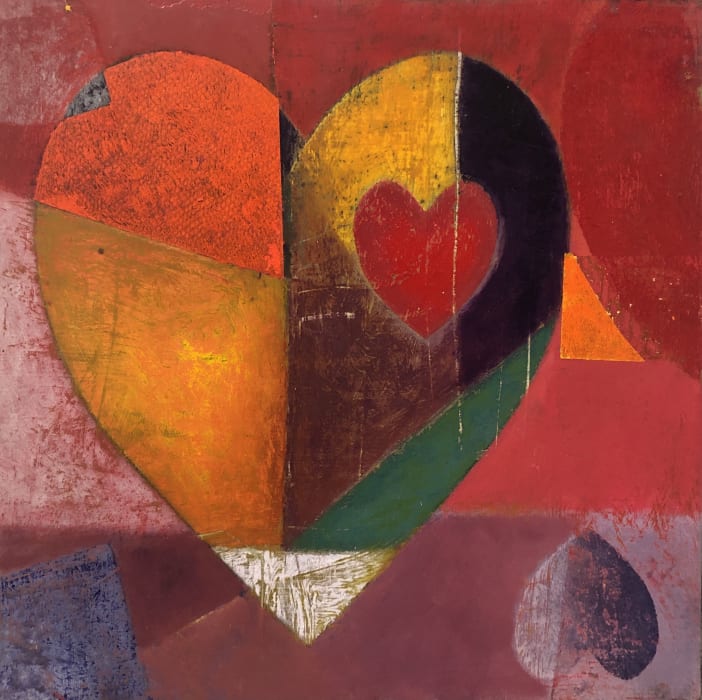 Hearts, C. 1997
Hearts, C. 1997
-
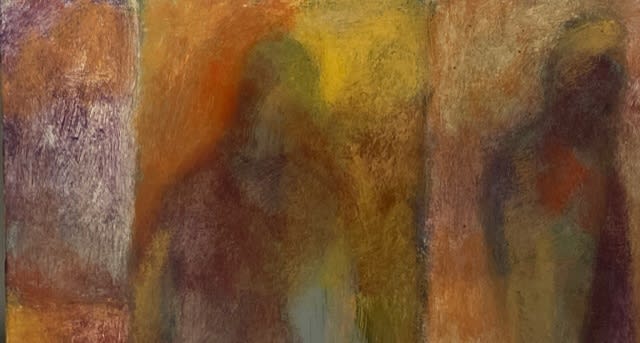 Abstraction with Figures, 2015
Abstraction with Figures, 2015
-
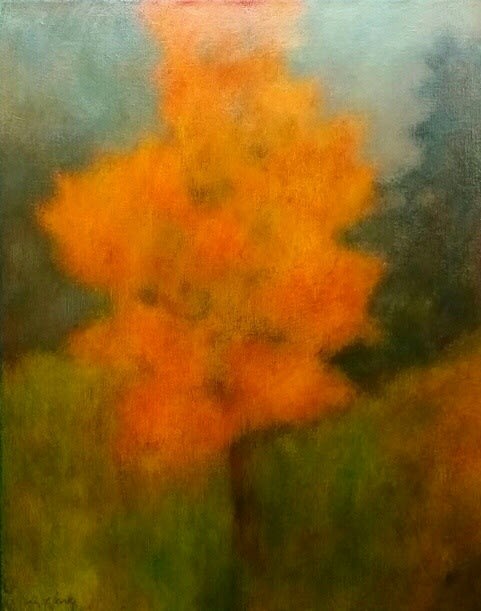 Autumn Tree, 2015
Autumn Tree, 2015
-
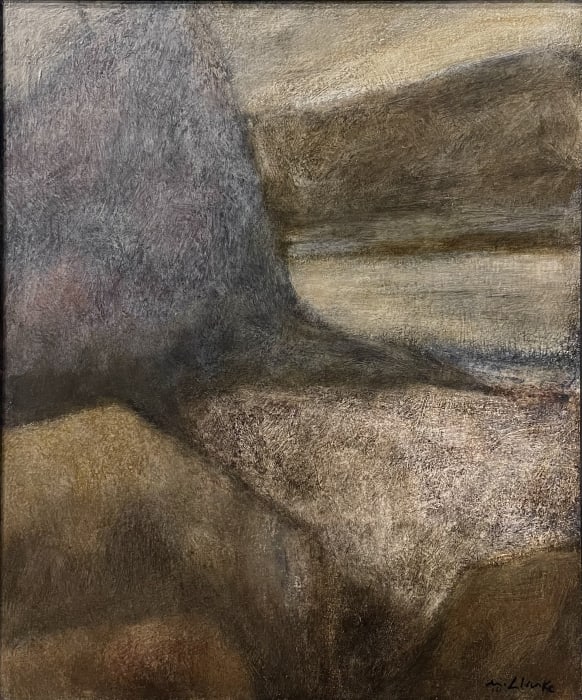 Canyon and River, 2015
Canyon and River, 2015
-
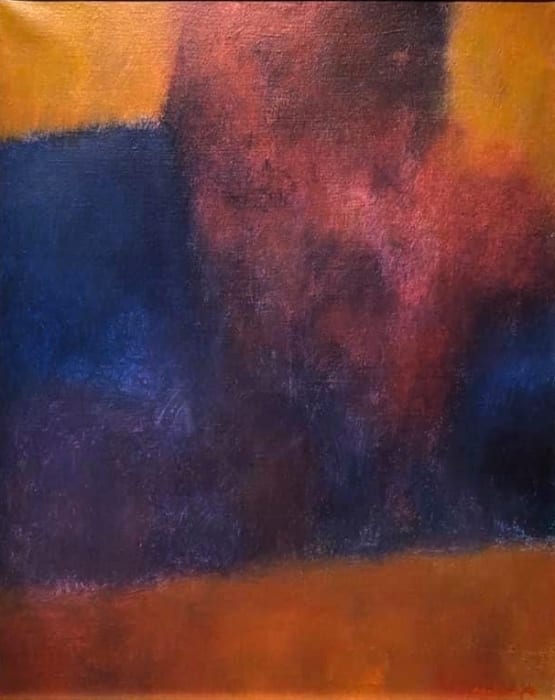 Landscape with Dark Blue Hill, 2015
Landscape with Dark Blue Hill, 2015
-
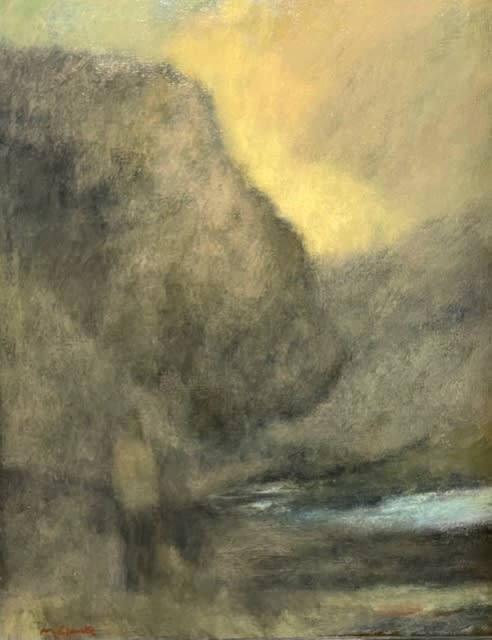 Riverside, 2015
Riverside, 2015
-
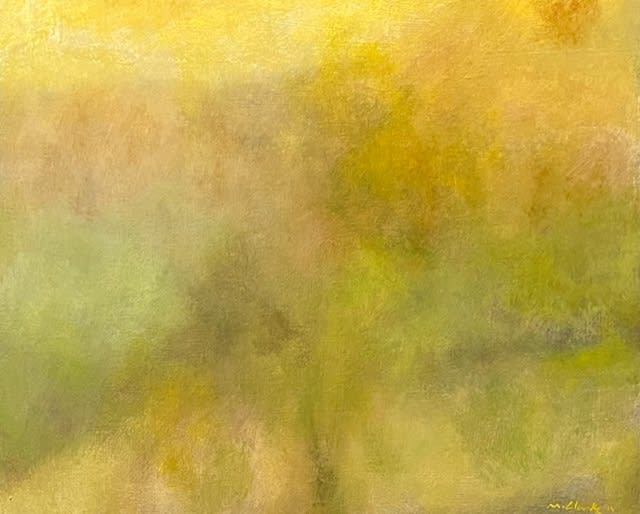 Sunrise, 2015
Sunrise, 2015
-
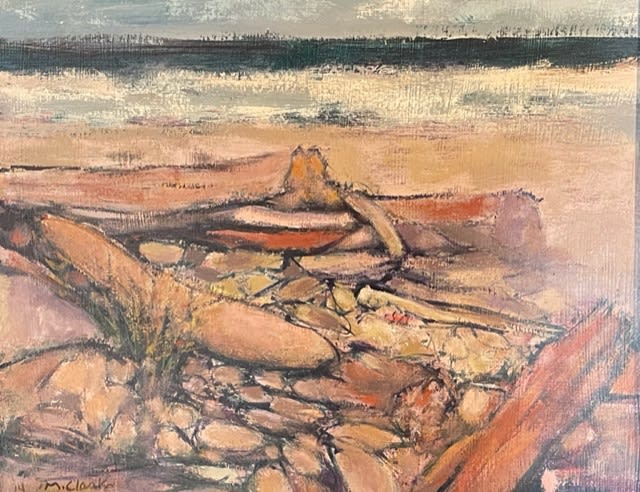 Driftwood, Sand, and Rock (OR Beach), 2014
Driftwood, Sand, and Rock (OR Beach), 2014
-
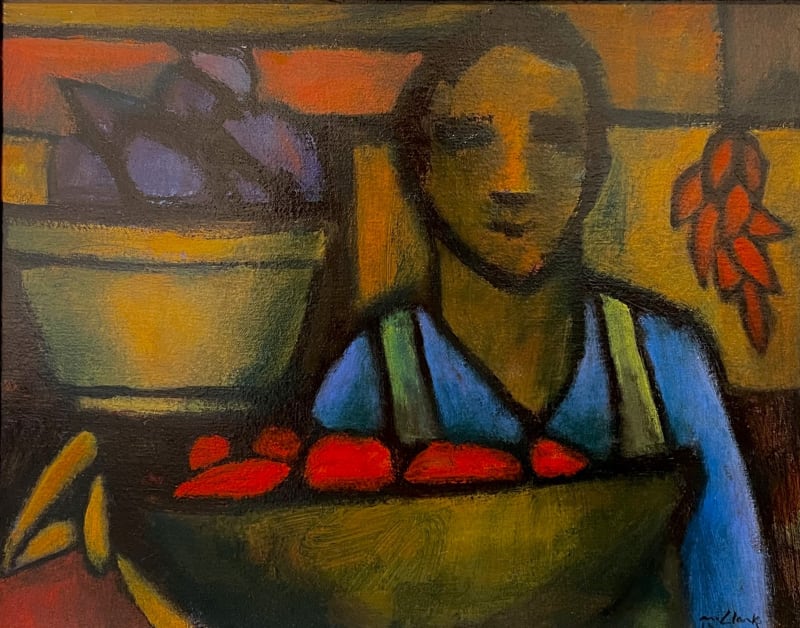 At the Farmer's Market , 2013
At the Farmer's Market , 2013
-
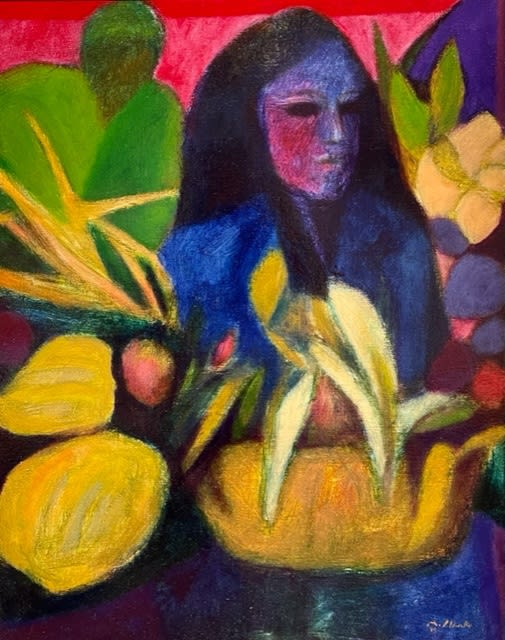 At the Farmer's Market #20, 2013
At the Farmer's Market #20, 2013
-
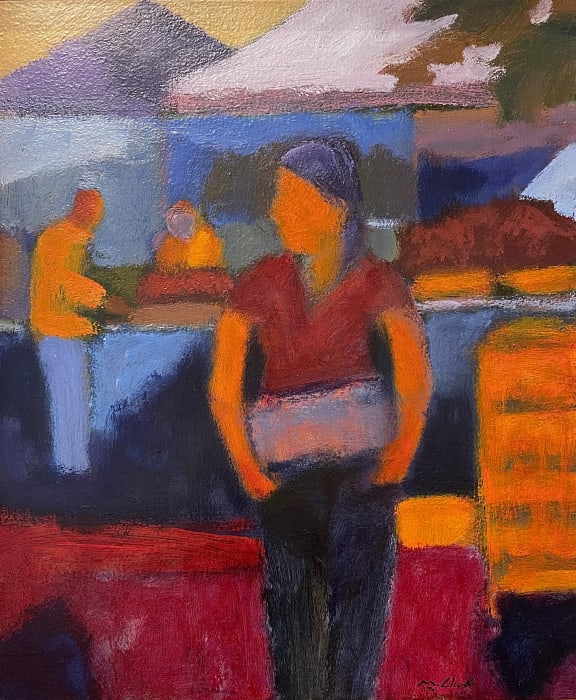 Farmers Market 5 , 2013
Farmers Market 5 , 2013
-
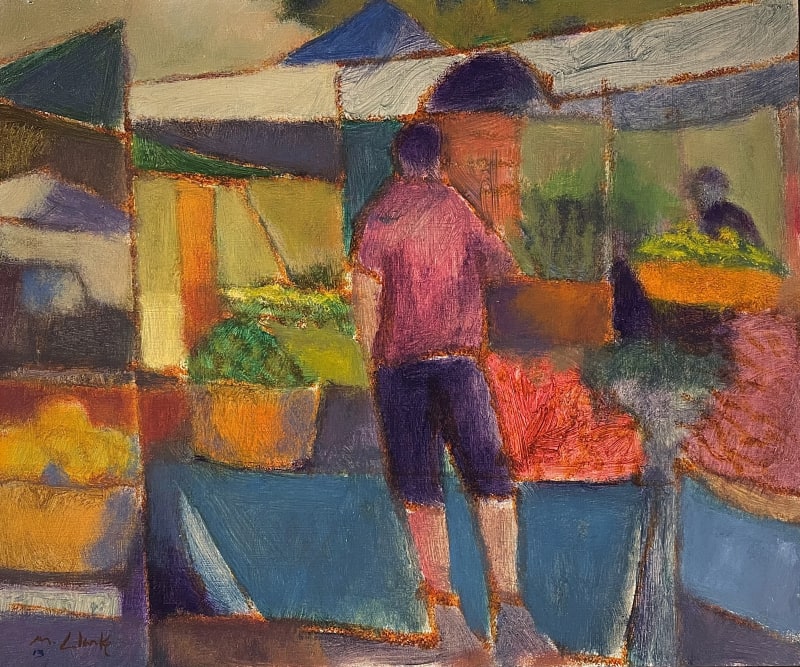 Farmers Market 6 , 2013
Farmers Market 6 , 2013
-
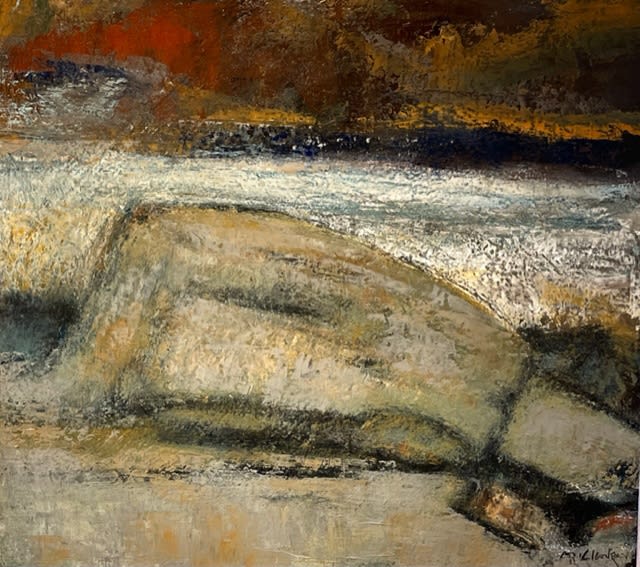 Sea Rock, 2013
Sea Rock, 2013
-
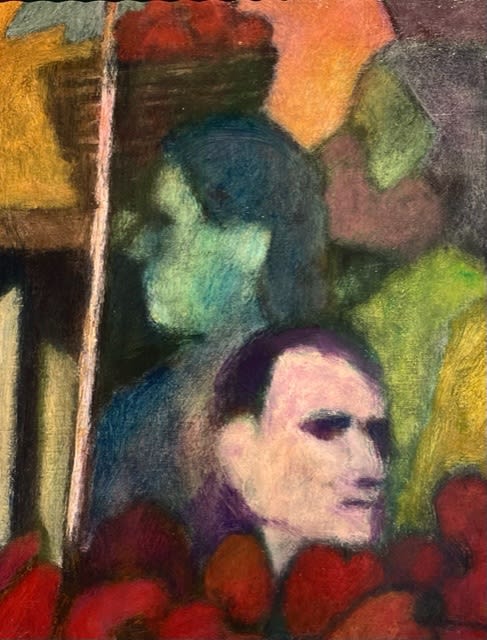 Untitled (Farmers Market Series), 2013
Untitled (Farmers Market Series), 2013
-
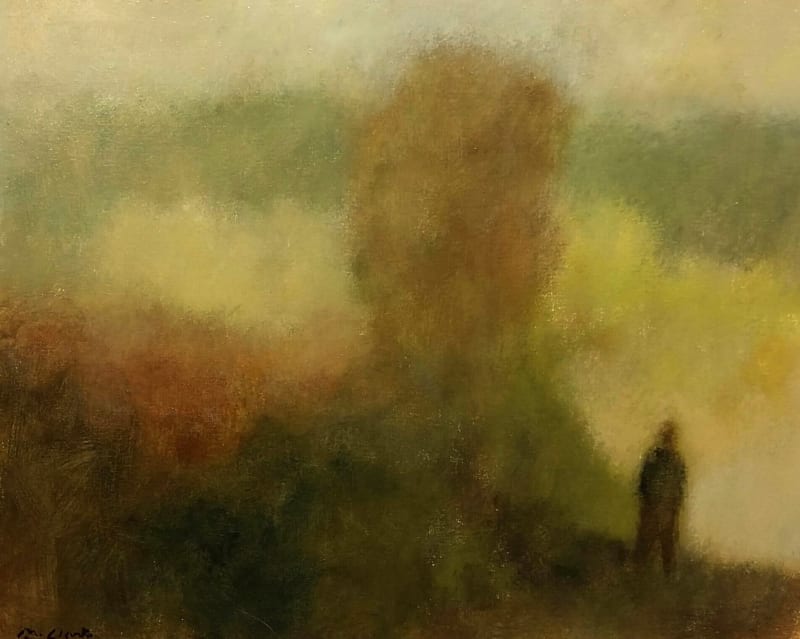 Figure on Path, 2012
Figure on Path, 2012
-
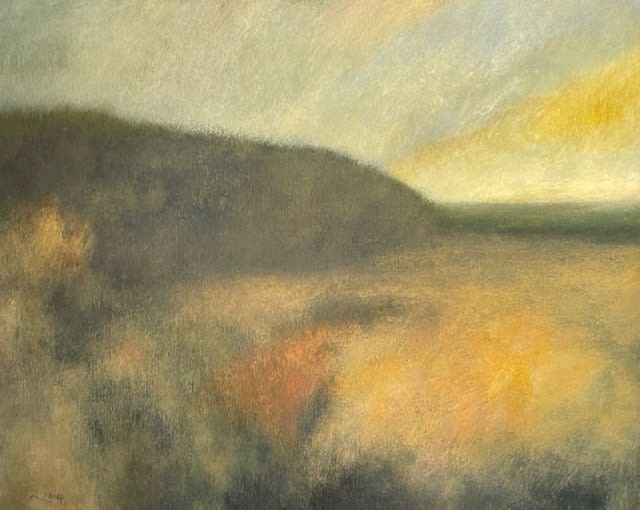 From Land To Sea, 2012
From Land To Sea, 2012
-
 Head Study #41, 2012
Head Study #41, 2012
-
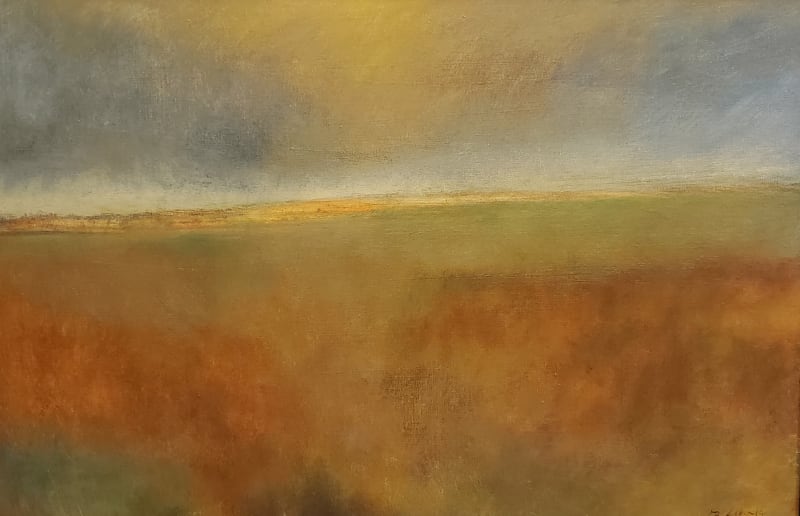 Distant Ridge, 2011
Distant Ridge, 2011
-
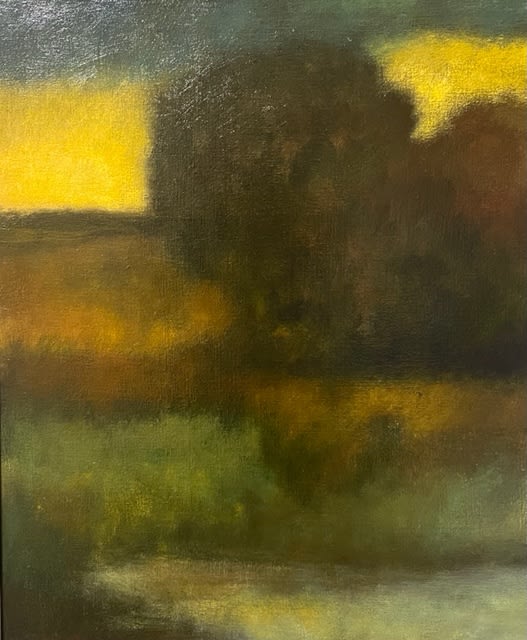 Landscape at Dusk, 2011
Landscape at Dusk, 2011
-
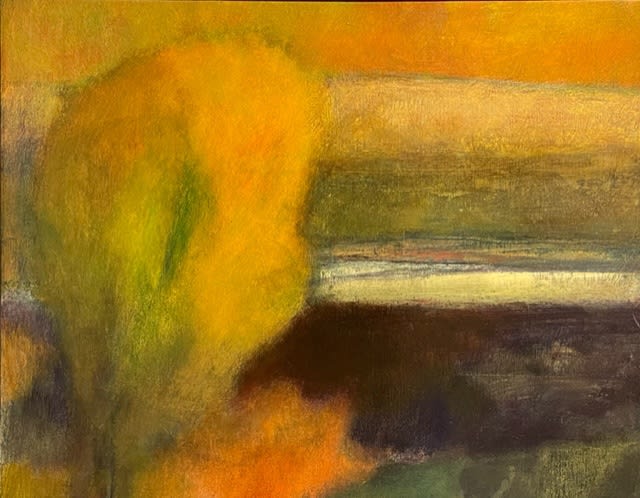 Riverbank with Yellow Tree, 2011
Riverbank with Yellow Tree, 2011
-
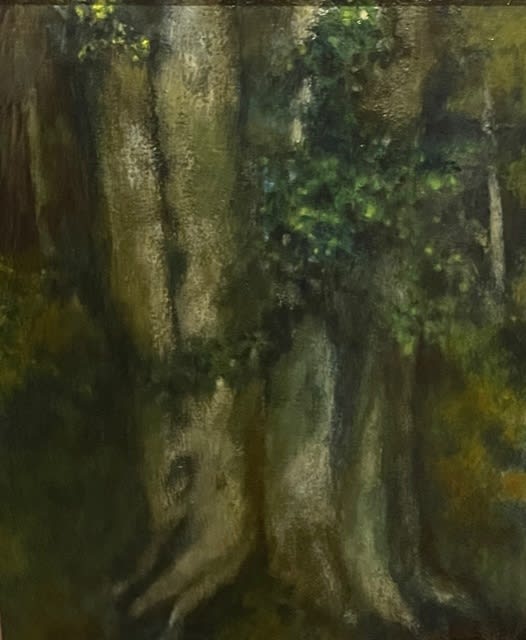 Old Tree Trunk, 2009
Old Tree Trunk, 2009
-
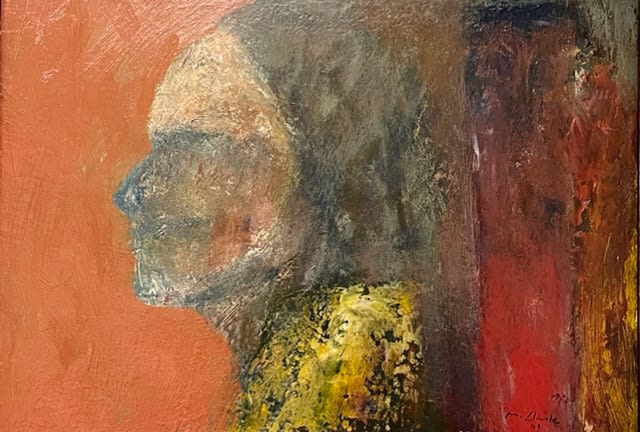 Profile, 2009
Profile, 2009
-
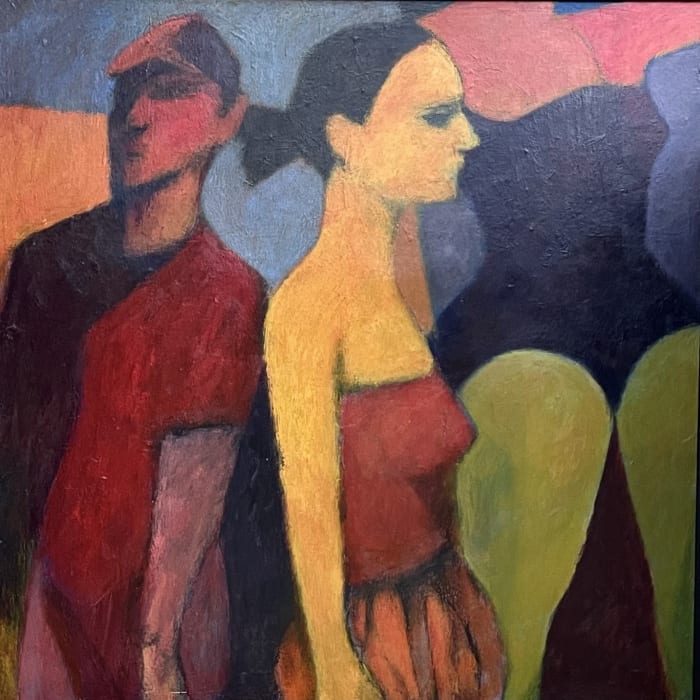 Studio Visitor, 2009
Studio Visitor, 2009
-
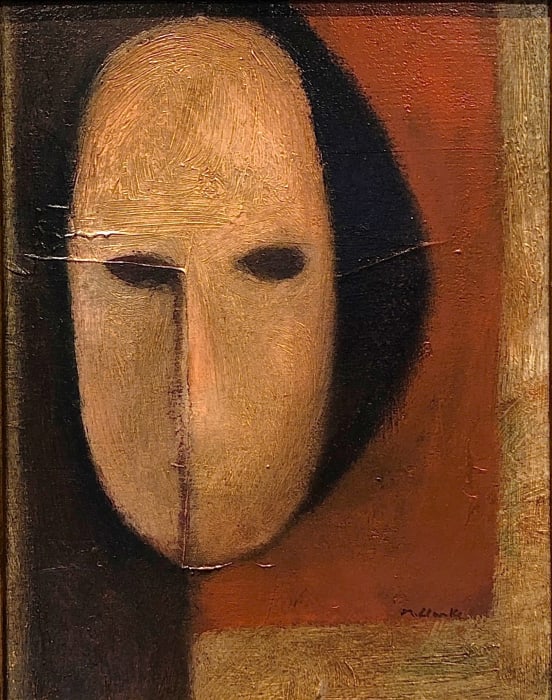 White Mask, 2009
White Mask, 2009
-
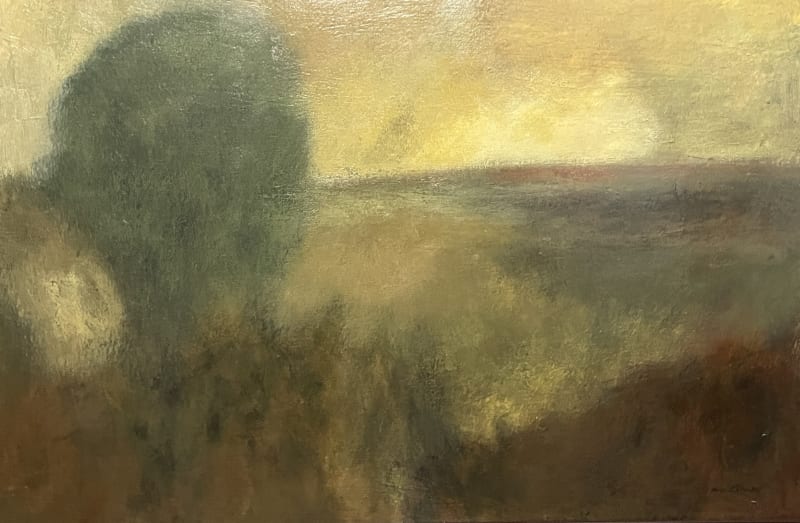 Landscape With Oak Tree, 2008
Landscape With Oak Tree, 2008
-
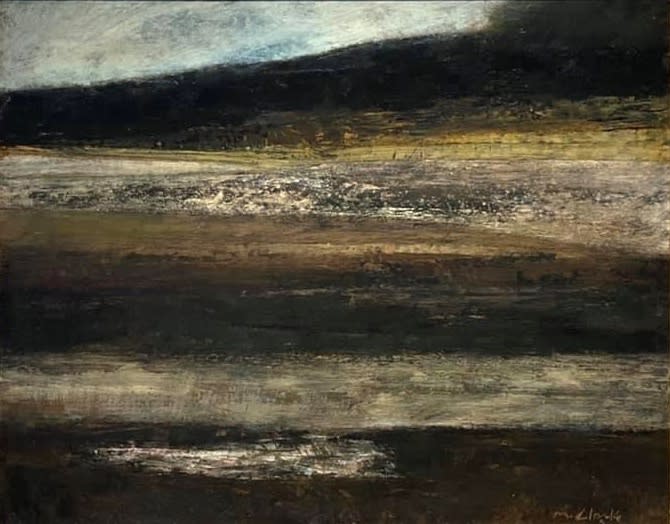 Beach, 2004-2005
Beach, 2004-2005
-
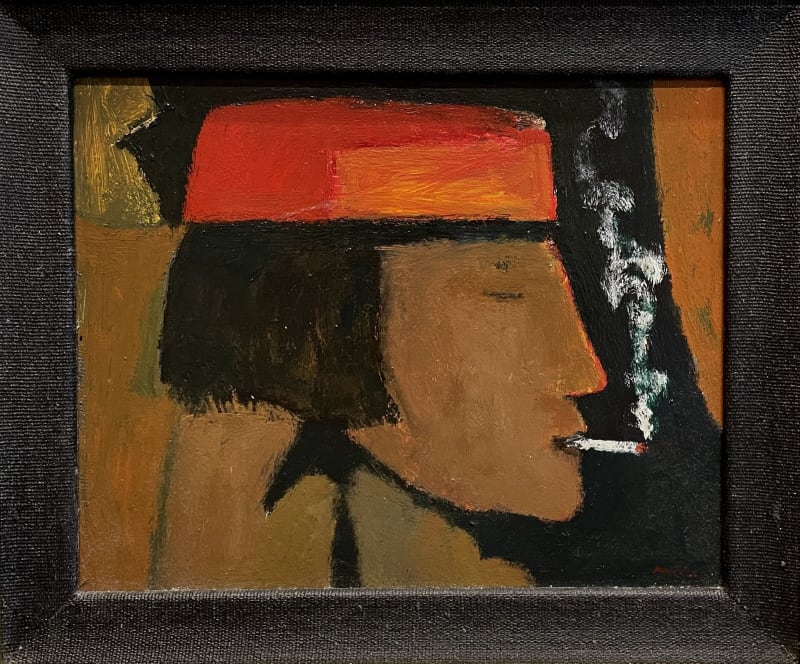 Smoker, 1997
Smoker, 1997
-
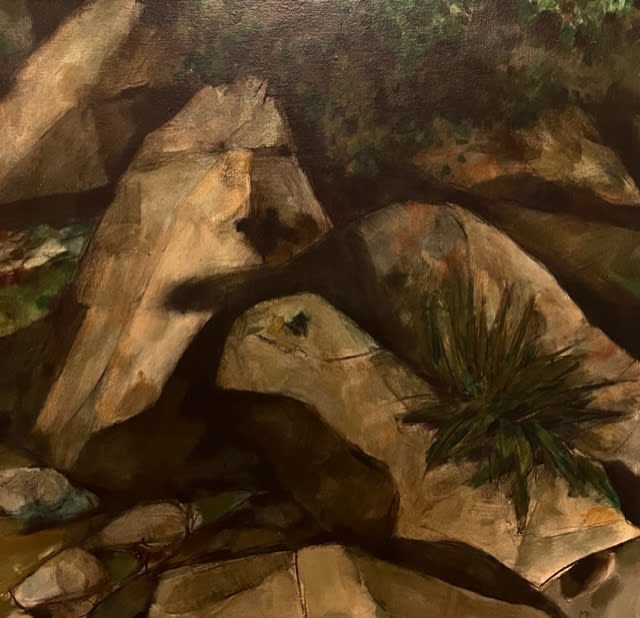 River Rock #6, 1994
River Rock #6, 1994
-
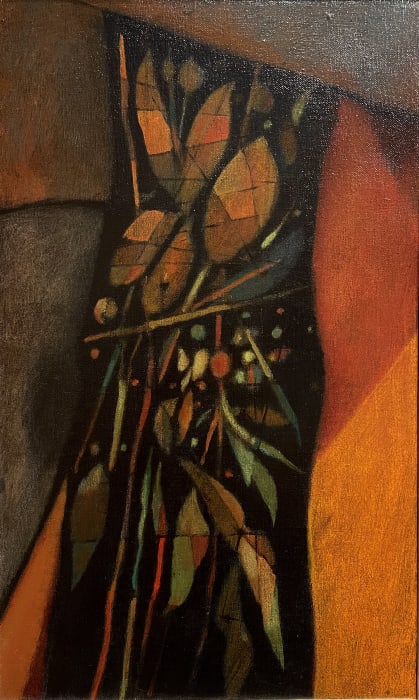 Plant Forms - Abstraction, 1990
Plant Forms - Abstraction, 1990
-
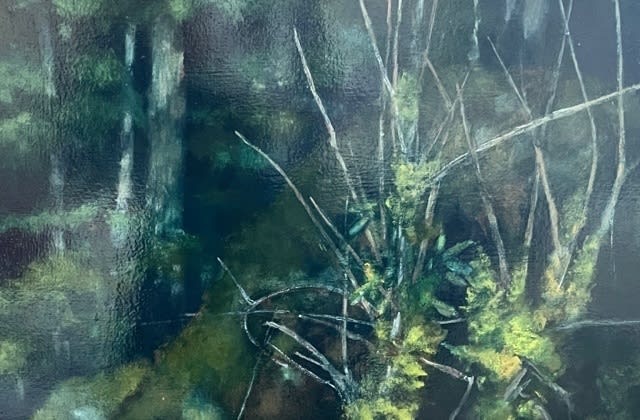 Moss on Branches, 1981
Moss on Branches, 1981
-
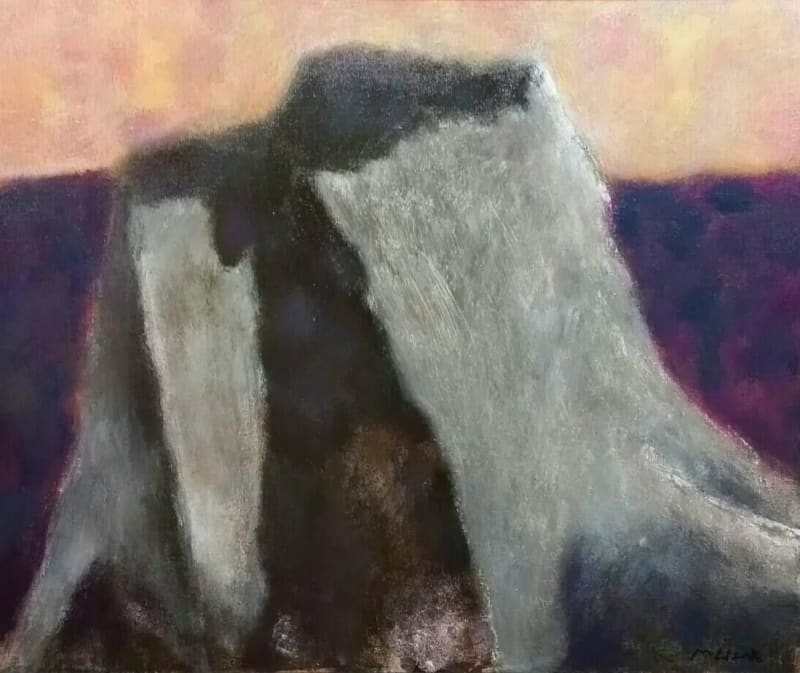
-
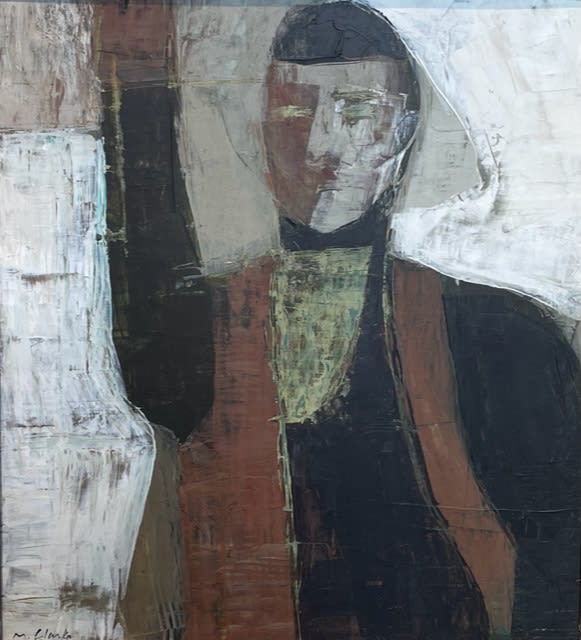 Approach
Approach
-
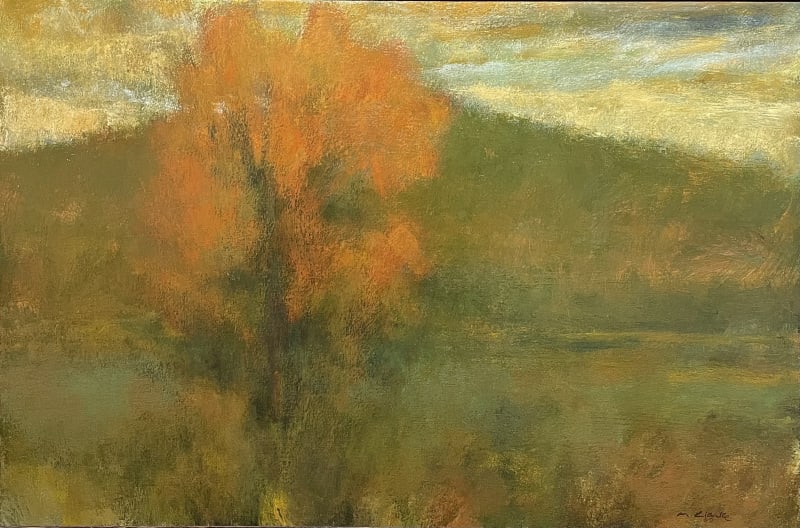 Autumn Tree
Autumn Tree
-
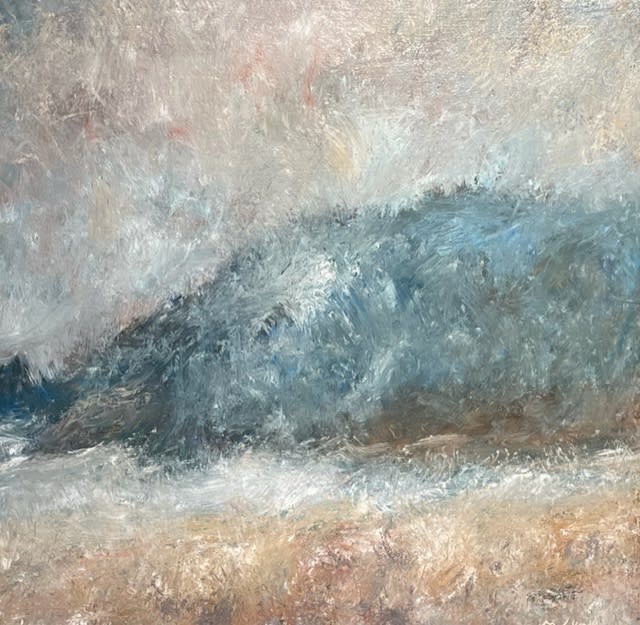 Beach #4
Beach #4
-
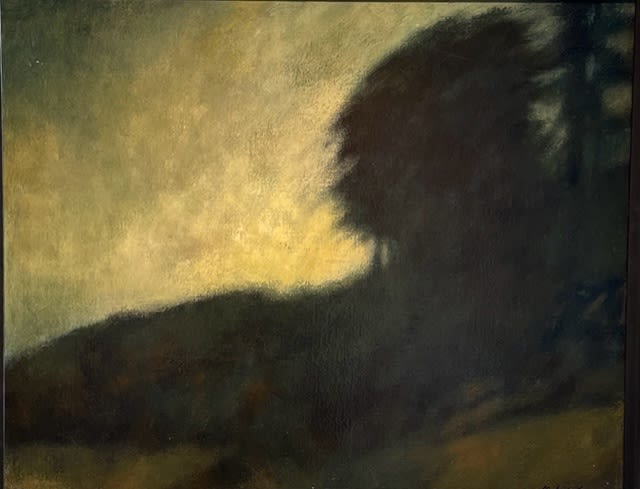 By The Sea
By The Sea
-
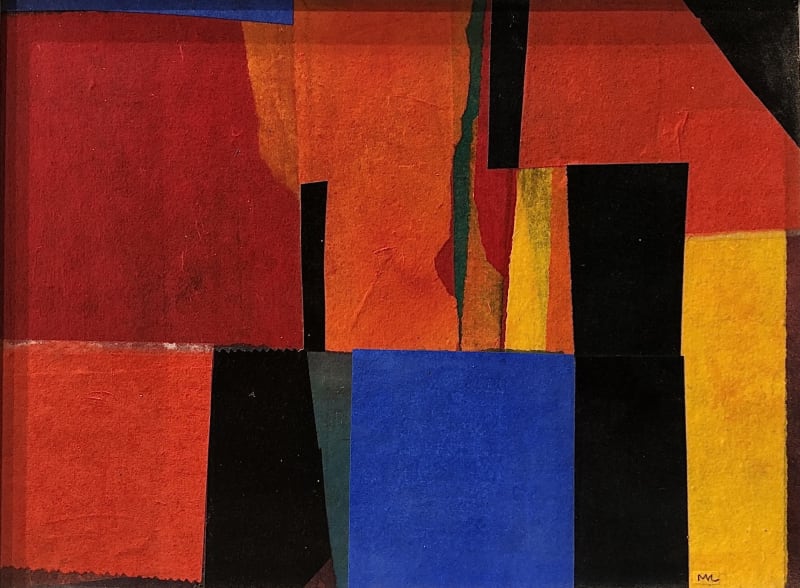 Collage #20
Collage #20
-
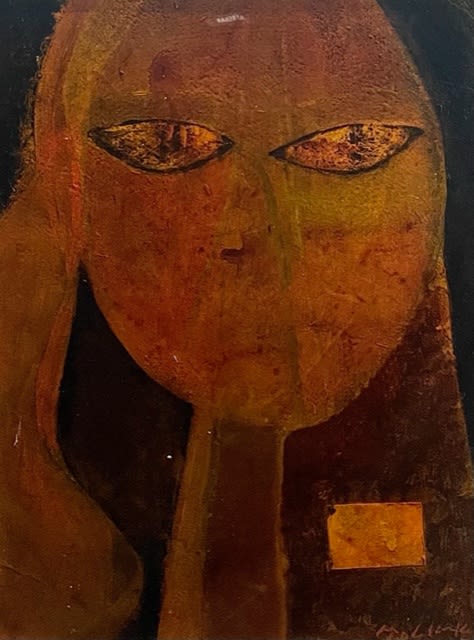 Distant Gaze
Distant Gaze
-
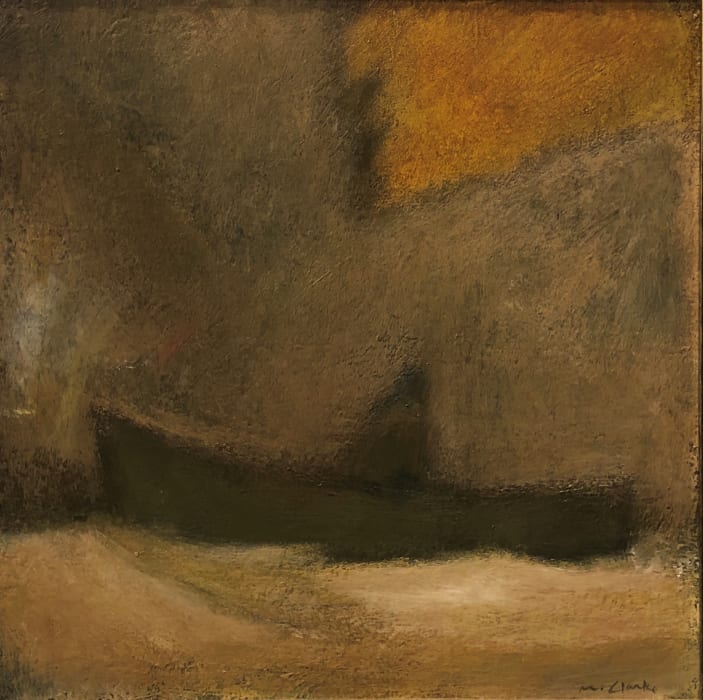 Drifting
Drifting
-
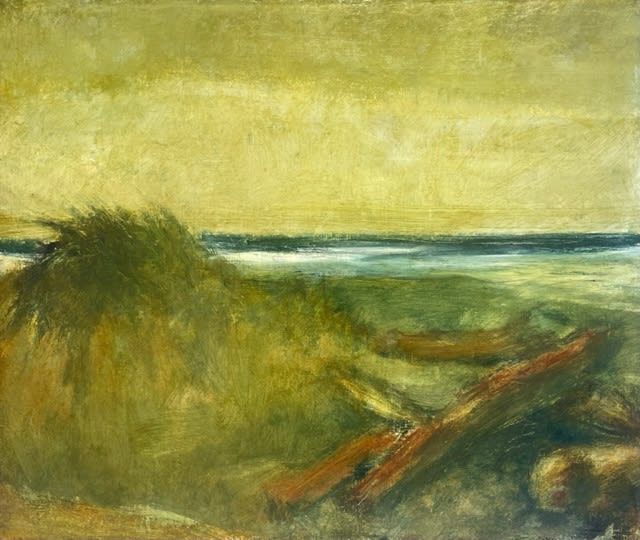 Driftwood and Beach Grass
Driftwood and Beach Grass
-
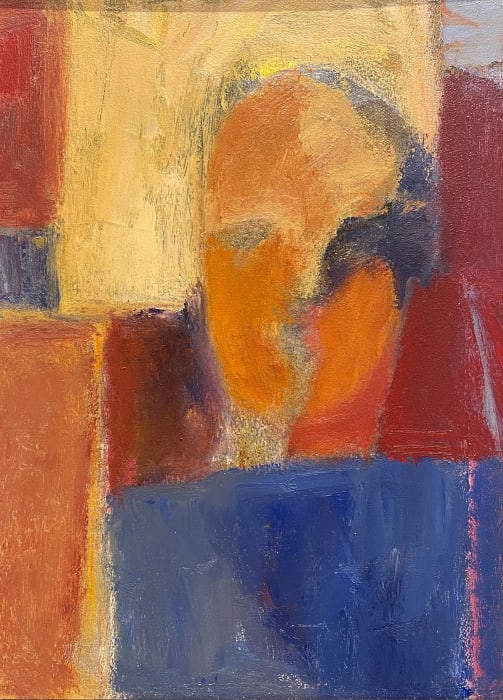 Face
Face
-
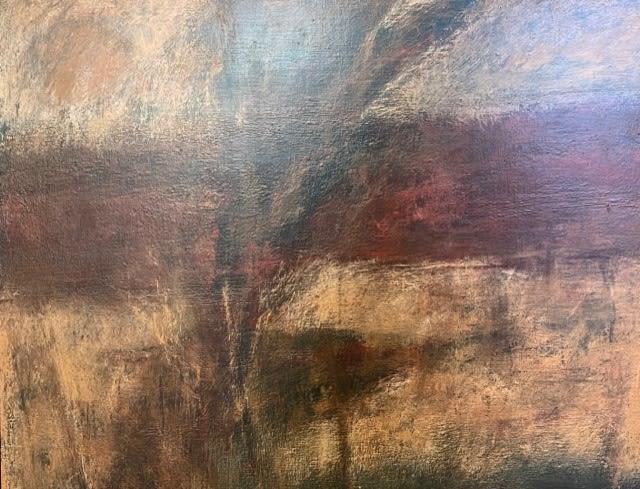 Fields and Winter Sun
Fields and Winter Sun
-
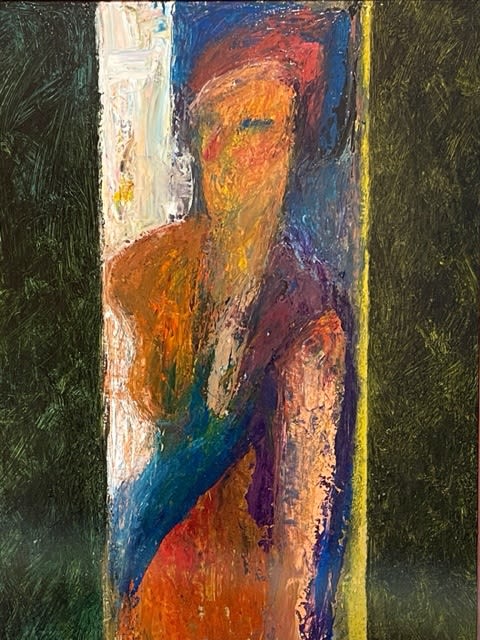 Figure in Doorway
Figure in Doorway
-
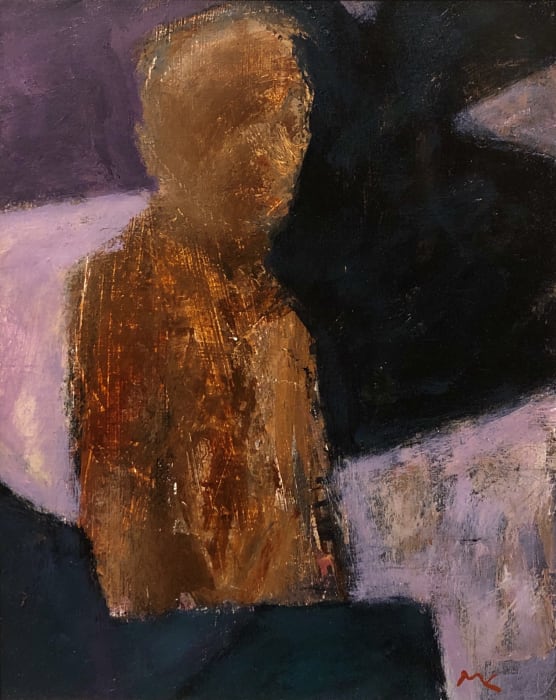 Figure with Black Shape #15
Figure with Black Shape #15
-
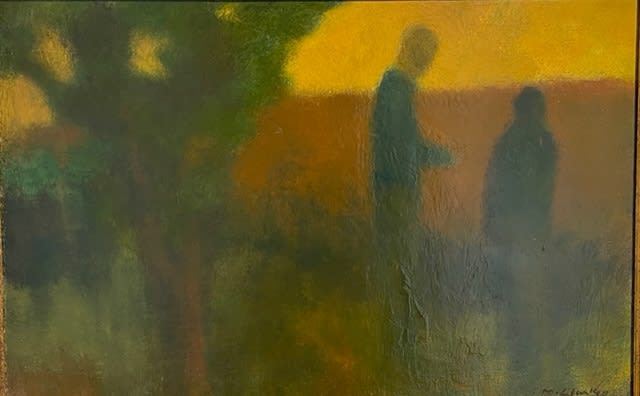 Figures in the Field
Figures in the Field
-
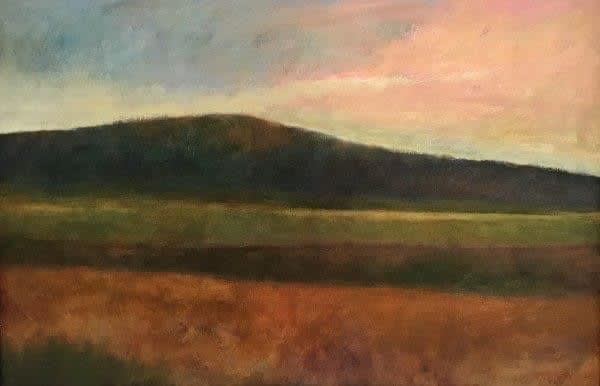 Landscape from Highway 99
Landscape from Highway 99
-
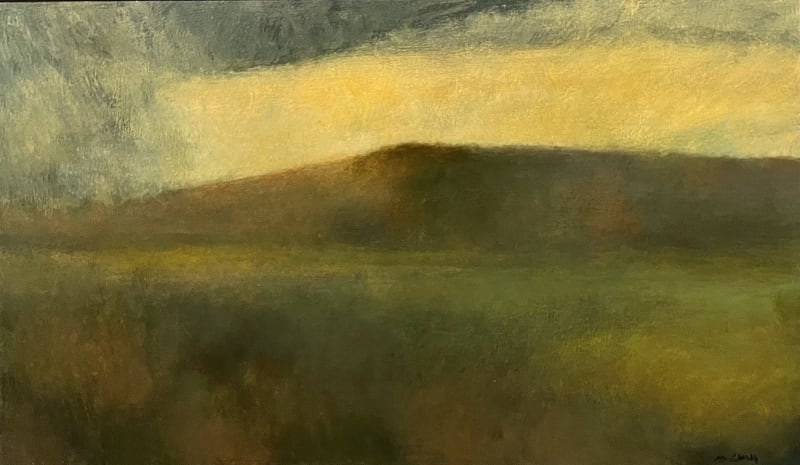 Landscape with raincloud
Landscape with raincloud
-
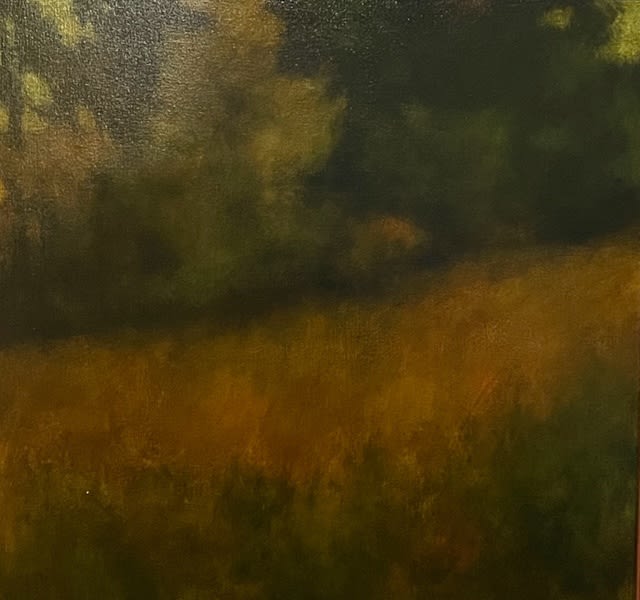 Landscape, Alton Baker Park
Landscape, Alton Baker Park
-
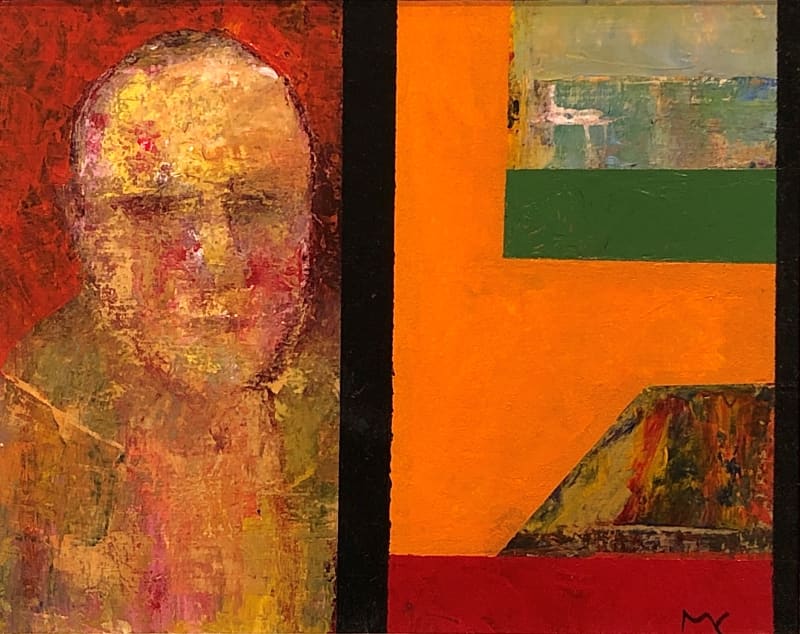 Man and Painting with Yellow Shape
Man and Painting with Yellow Shape
-
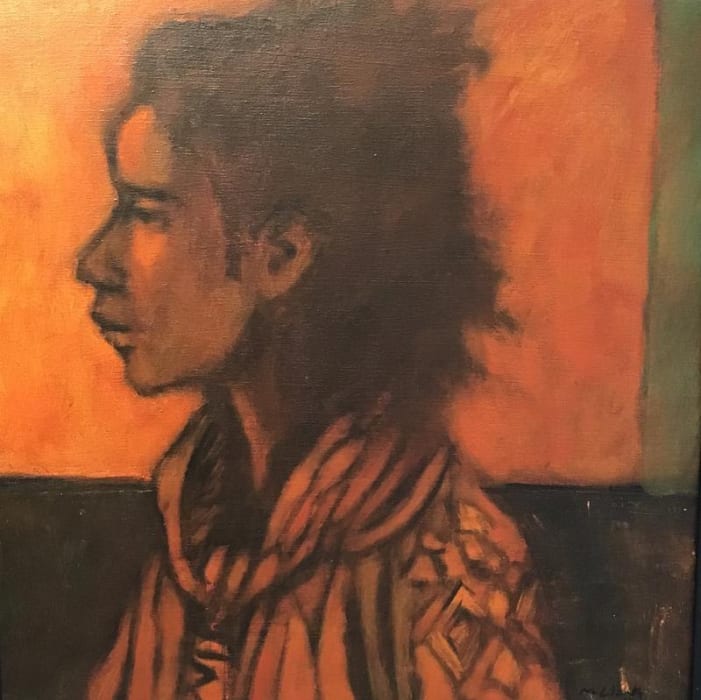 Model with Scarf
Model with Scarf
-
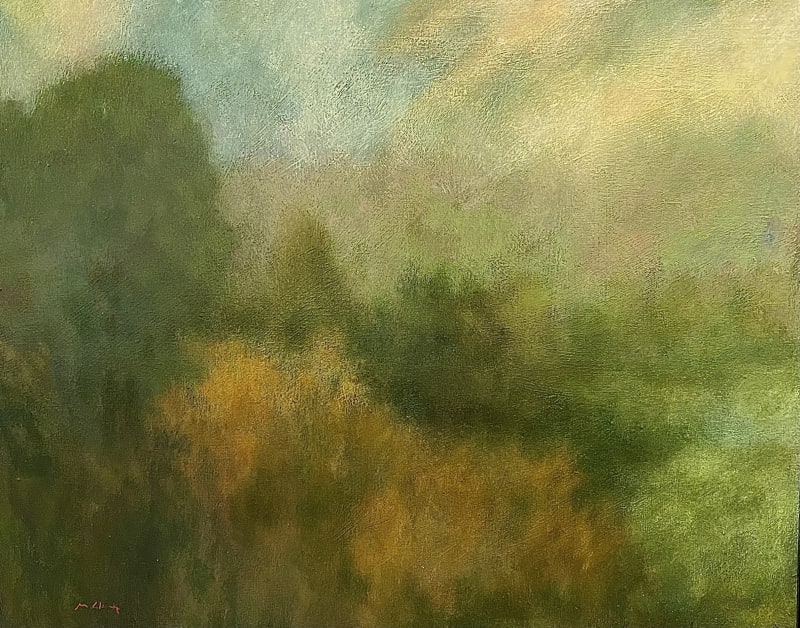 Pond in Fall
Pond in Fall
-
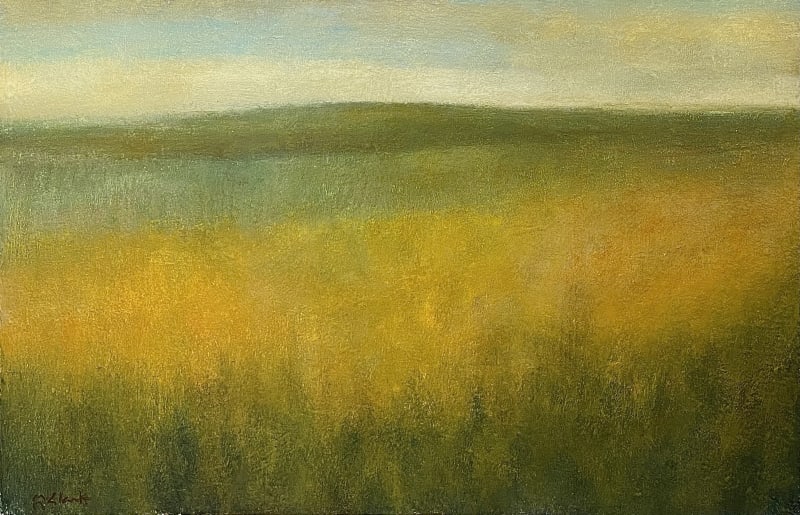 The Golden Field
The Golden Field
-
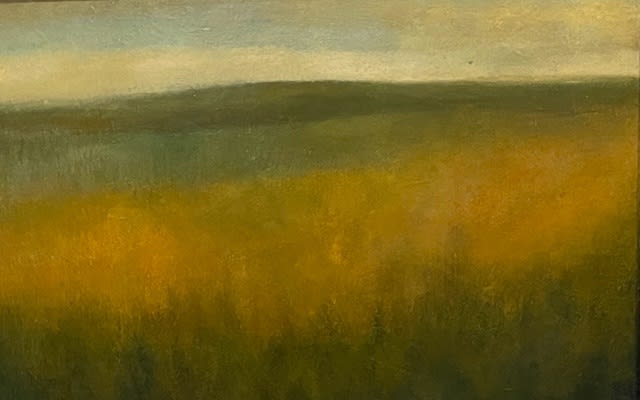 The Golden Field
The Golden Field
-
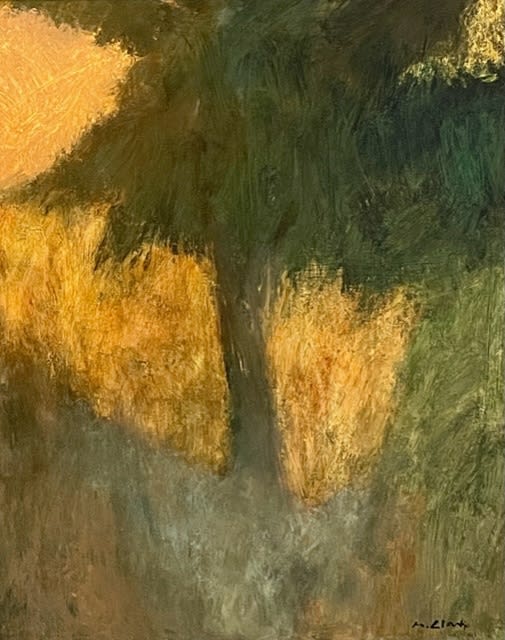 Tree and Golden Field
Tree and Golden Field
-
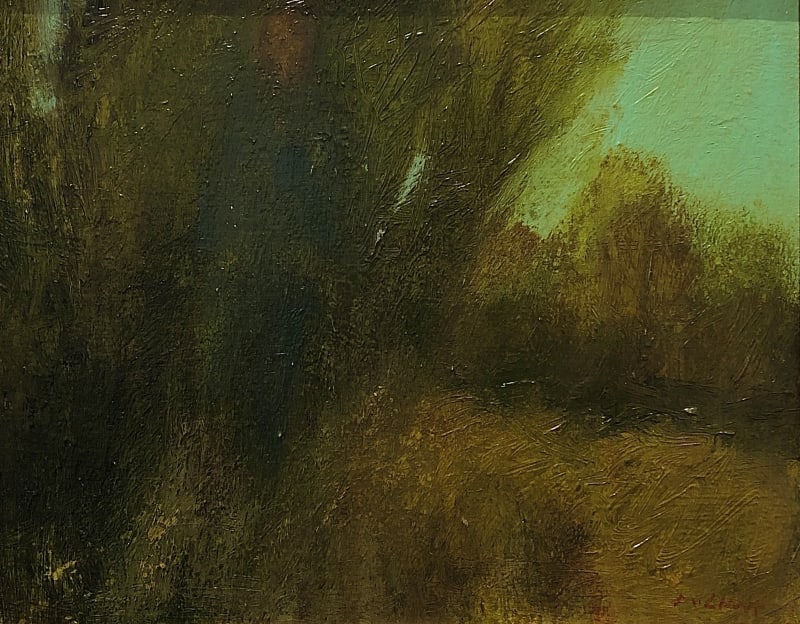 Trees, Blue Sky
Trees, Blue Sky
-
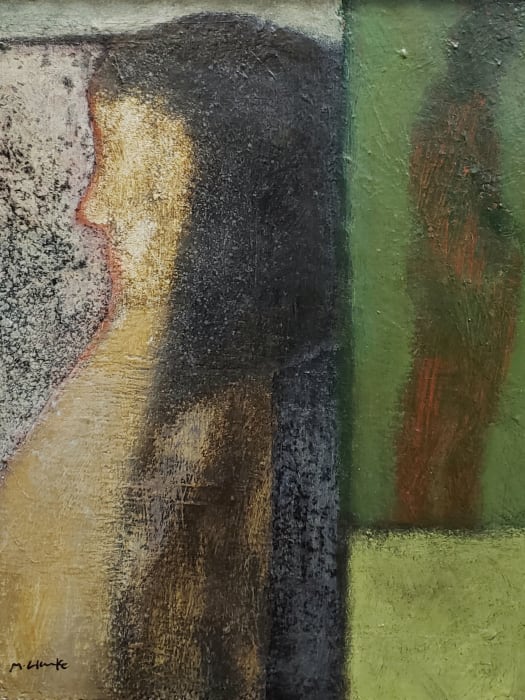 Two
Two
-
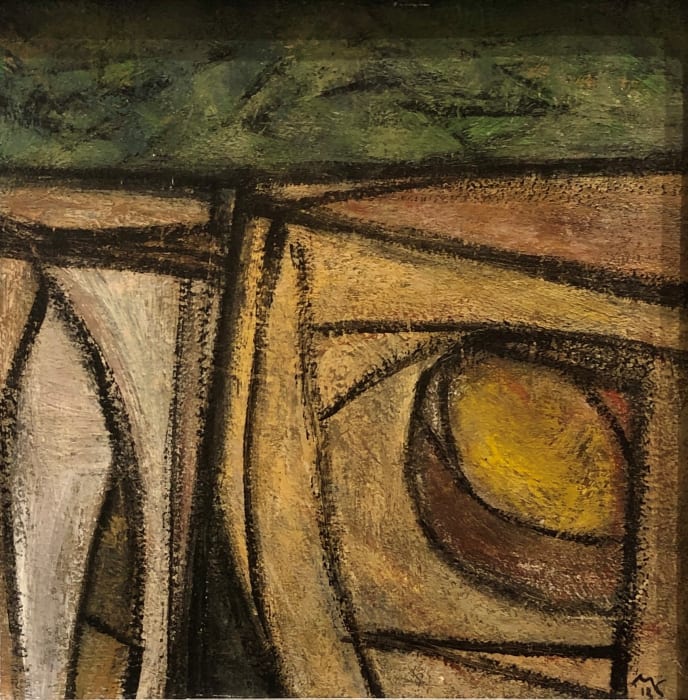 Untitled
Untitled
-
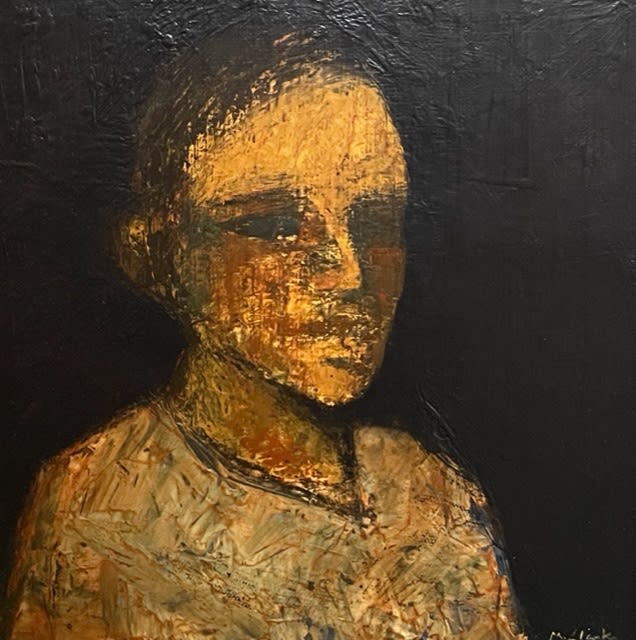 Untitled (Boy)
Untitled (Boy)
-
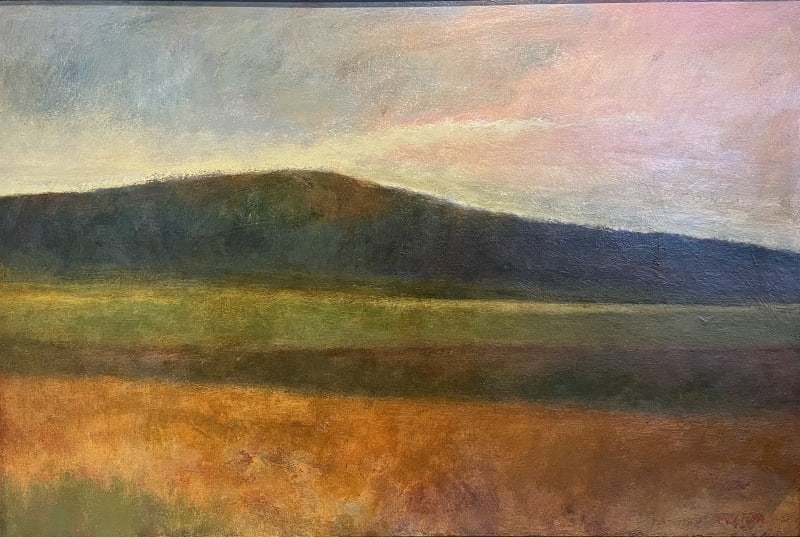 Untitled (Landscape from Hwy 99)
Untitled (Landscape from Hwy 99)
-
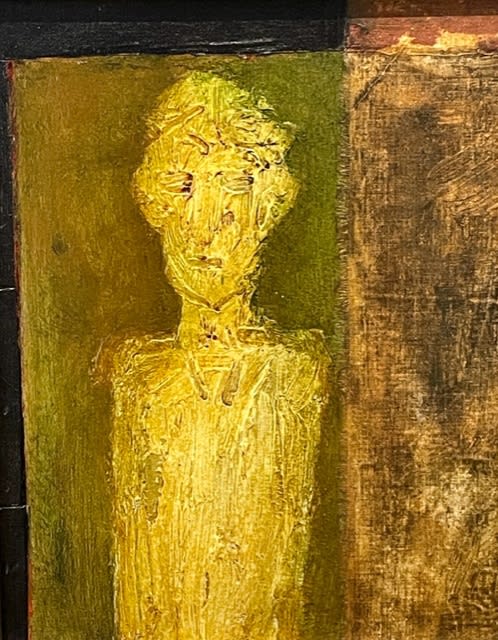 Untitled (Yellow Figure)
Untitled (Yellow Figure)
-
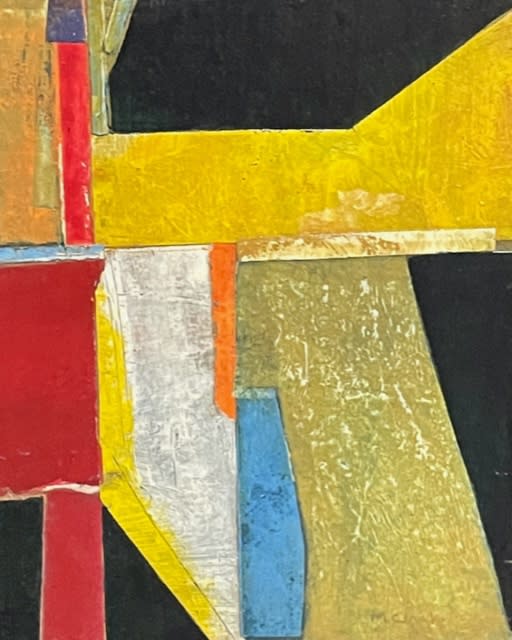 Untitled Abstract
Untitled Abstract
-
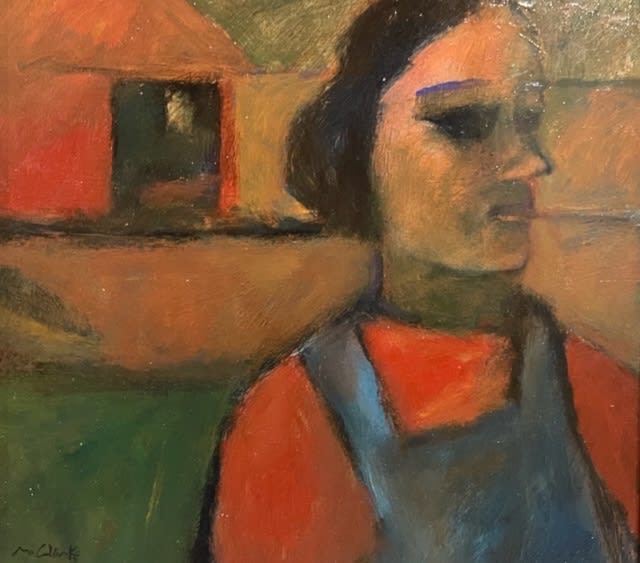 Woman With Barn
Woman With Barn
-
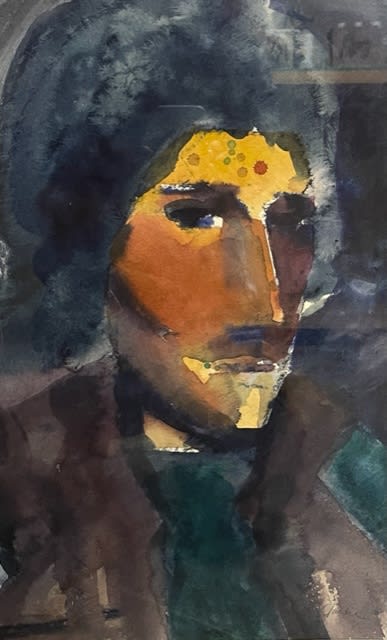 Young Man
Young Man
Share
- Tumblr
Painting is something I need to do – create – to work with color and composition – from my imagination, memory, and observation. – Mark Clarke, Artist Statement, 2009
Next exhibit: September-October, 2022
Venerable Eugene artist Mark Clarke was best known for his unique and quietly powerful landscapes of the Willamette Valley.The Central Oregon Coast, Fern Ridge, and the rural farmland of Oregon are his subjects. Some paintings of his paintings he began on location, then painted on for long periods in his studio. Others are entirely from his imagination, drawn for a lifetime of living in and painting this region. Clarke's vision of the landscape is soft and luminous, almost dream-like. Mark buit and painted all of his own frames, complementing his work with an additional element that expresses his aesthetic and artistic commitment.
Another direction was his experimental, figurative works, generated primarily from his imagination, which are quite different from his landscapes. He used this body of work to experiment with a variety of techniques for handling paint: lots of texture, more impasto, wide brushes, painting knives, and glazes, all of which bring powerful boldness to these pieces.
In describing his work, Mark said, "It's hard to talk about paintings like these because there is no formula. They come out of the process -- the working on them. Things change from day to day. I work on them over and over and over again...even these little ones. It's like landscaping -- moving the shrubbery around!"